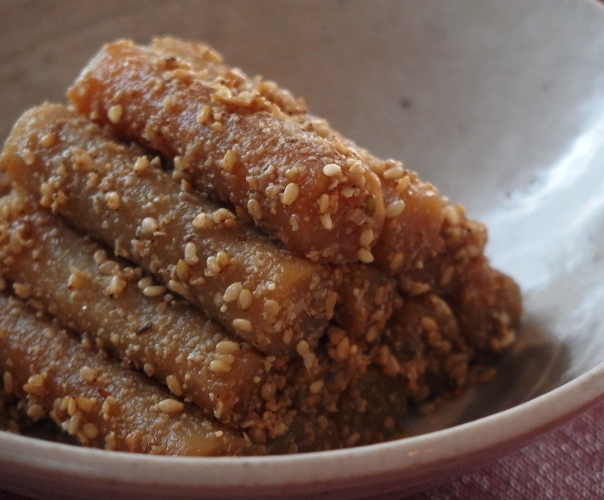
by Elizabeth Andoh | Dec 5, 2020 | Recipes, Winter
Tataki Gobō叩き牛蒡 Smashed Burdock Root This dish takes its rather alarming name from the thwacking sound emitted when burdock root is tenderized with a blunt, heavy tool. In the traditional Japanese kitchen, this would have been a surikogi, the wooden pestle used in...
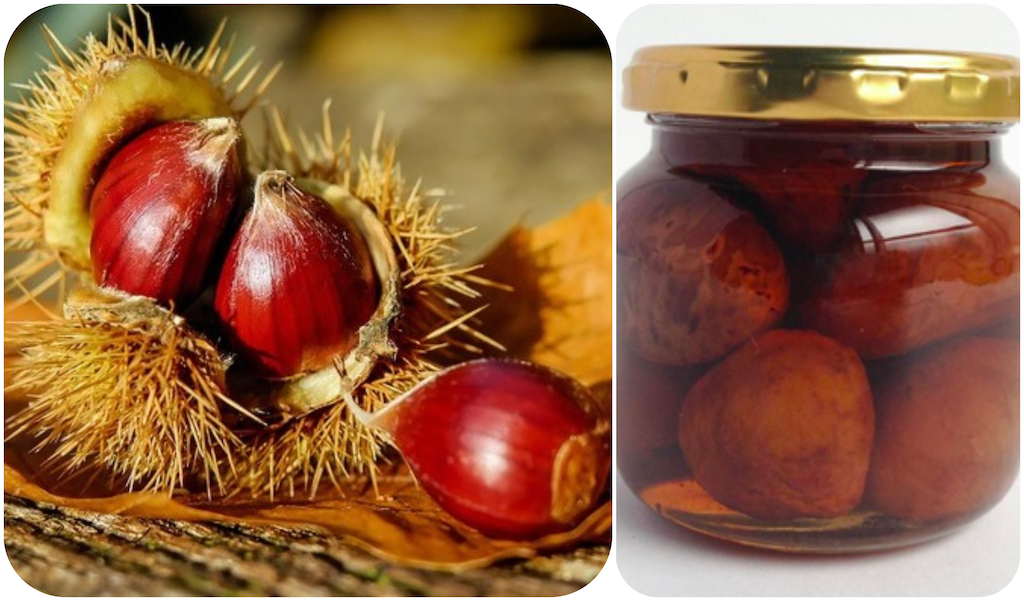
by Elizabeth Andoh | Nov 13, 2020 | Autumn, Recipes
Sugar-Stewed Chestnuts栗の渋皮煮 Shibu Kawa Ni Shibu Kawa Ni is what the Japanese call sugar-stewed whole chestnuts that are only partially peeled – their slightly bitter, inner skin being kept intact. The resulting glossy brown globes are delightfully complex in flavor...
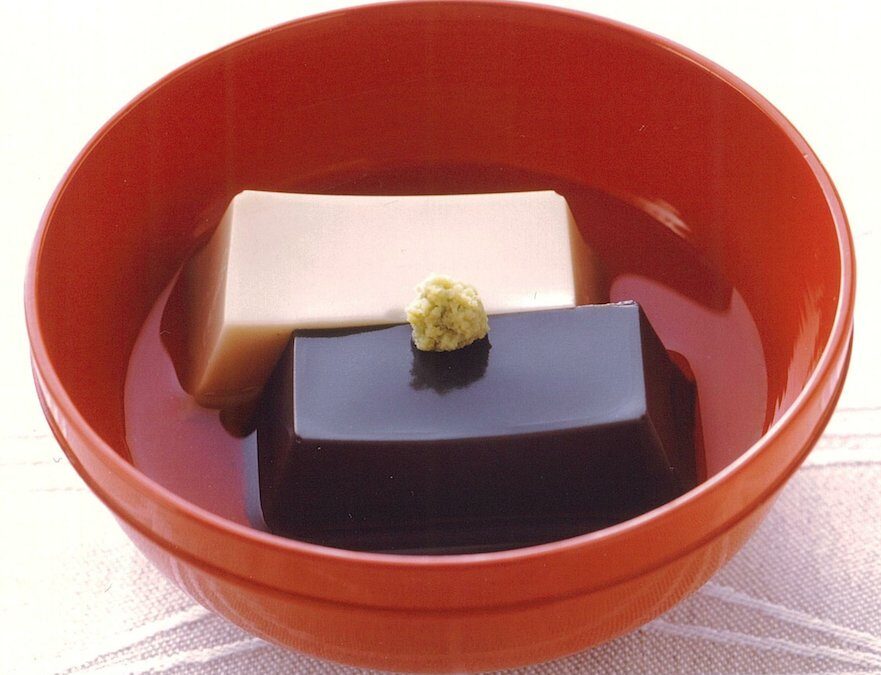
by Elizabeth Andoh | Nov 1, 2020 | Autumn, Recipes
Buddhist Cookery & Sesame Pudding 精進料理 Shōjin Ryōri・胡麻豆腐 Goma-Dōfu Goma-dōfu, a creamy-smooth sesame pudding, is historically associated with fucha ryōri, a Chinese-style of Buddhist cookery that arrived in Japan with Zen Priest Ingen in 1654. The pudding is a...
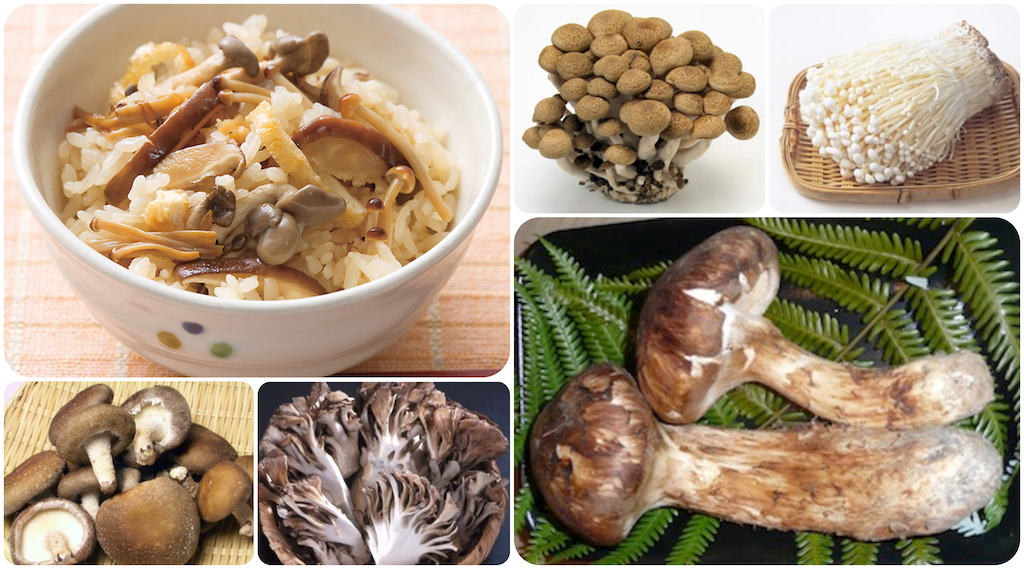
by Elizabeth Andoh | Oct 19, 2020 | Autumn, Recipes
Kinoko Gohan Rice with Mushrooms The Japanese call autumn’s many culinary pleasures Aki no Mikaku. Such pleasures include a glorious array of mushrooms. You, too, can celebrate the season at table by composing a menu that highlights this bounty. Kinoko Gohan Is an...
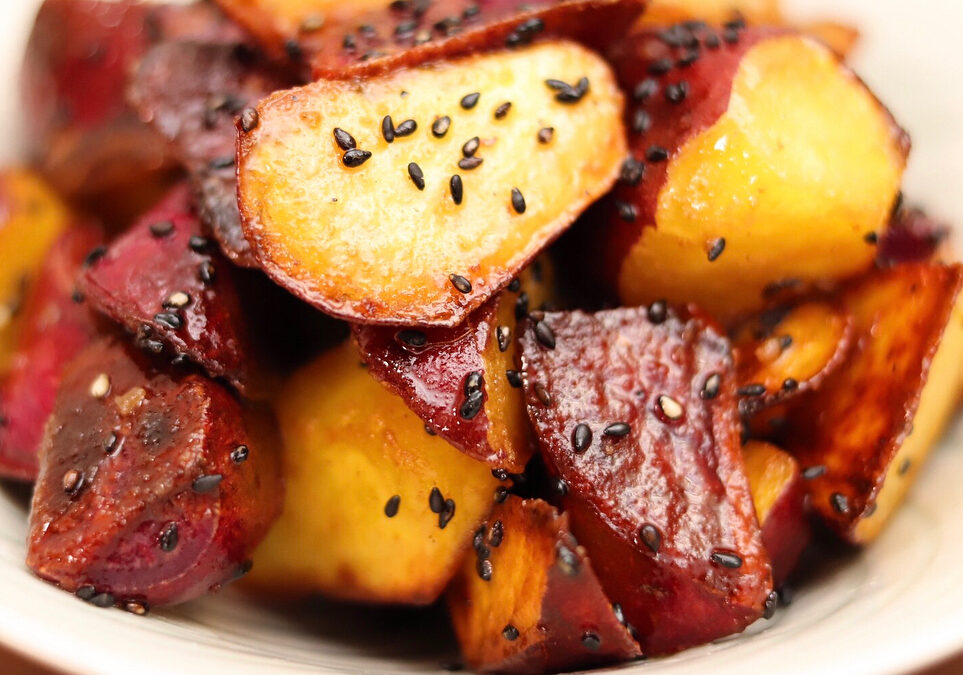
by Elizabeth Andoh | Oct 6, 2020 | Autumn, Recipes
Daigaku Imo (Glazed Sweet Potatoes) 大学芋 Syrup-glazed, black sesame-studded Daigaku (university) imo (potato) first became popular among university students in Japan at the turn of the twentieth century. To learn more about the history of this dish, read my October...






